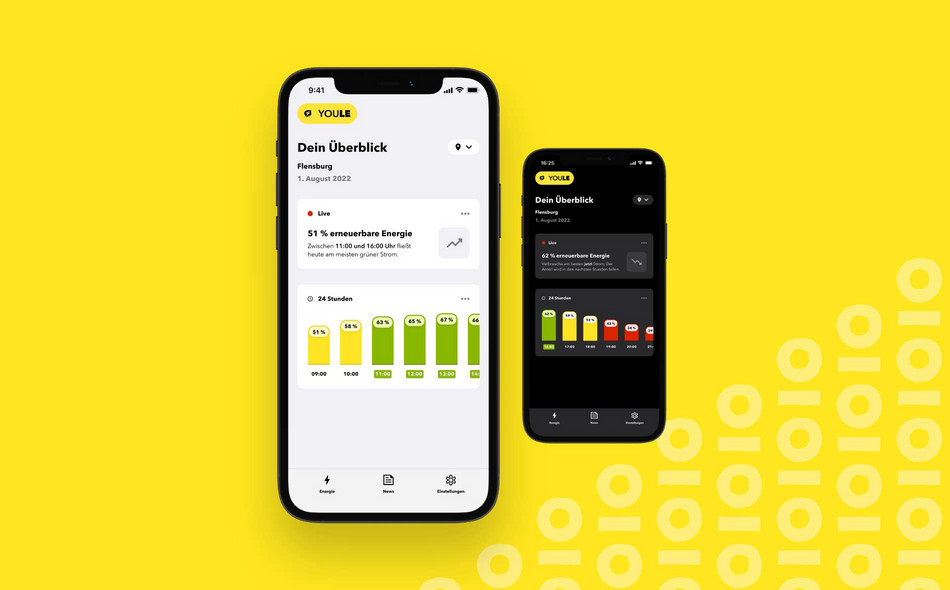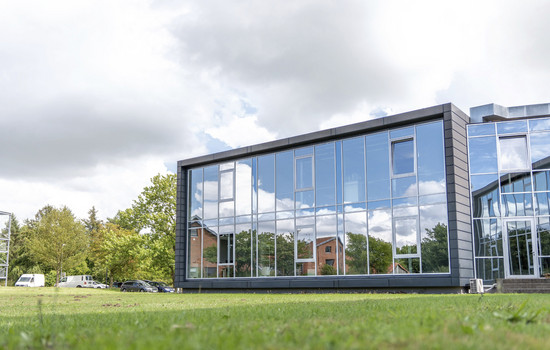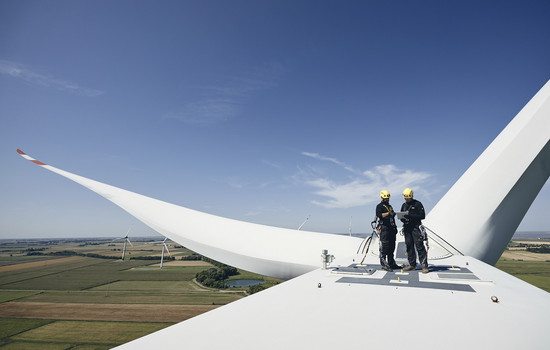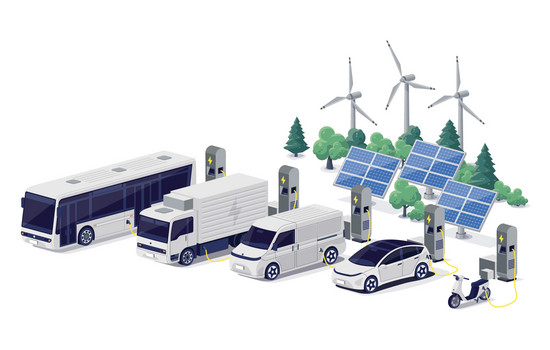...and now the power forecast
The “YOULE” app shows how much electricity from renewable energies is in the grid, when and where, making an important contribution to climate protection. How does this work? Here’s the answer.

THE GP JOULE-MAGAZINE NR. 13 / NOVEMBER 2022
Finally, some more ambitious goals: around 30 gigawatts of wind and solar capacity are soon to be added in Germany each year. So says the new EEG. Of course, there are still many problems – most notably planning and approval procedures – but most people seem to be aware that we need to switch to wind and solar power as soon as possible.
If the transition to 100% renewable energies is to succeed though, we have to start from both ends: with the production of energy as well as with how it is used. But who is raising awareness of the fact that we also have to change the consumption of energy – as best we can – and adapt it to the volatile electricity production of renewables?
The new “YOULE” app does just that. It shows how much renewable energy is on the grid now and in the next 24 hours in your own region. Armed with this knowledge, you can run your washing machine when plenty of renewable energy is available. “This is active climate protection,” says Ove Petersen, CEO and co-founder of GP JOULE.
That all sounds well and good, but why is washing when there’s wind and sunshine called “active climate protection” when I don’t even have a solar installation on the roof ? “Because our energy system is extremely inefficient at the moment,” says Petersen: “While wind or solar power plants have to be shut down in one place, gas-fired power plants are fired up somewhere else. This causes immense costs and is getting in the way of expanding renewable energies.”
Redispatch is the name of the game: interventions in power generation so as not to overload the grid. In Germany this means: a lot of wind and sun generate a lot of electricity in the north, but the necessary grid infrastructure is not in place to transport this electricity. At these times, the wind and solar power plants that are located upstream of the grid bott leneck are shut down. The energy they could potentially generate is therefore simply thrown away. Downstream from the grid bottleneck, however, a power plant then has to be ramped up to feed in more electricity. This keeps the total amount of electricity in the grid the same and the power grid remains stable.
This puts around six terawatt hours of green electricity out of action per year. The power plants that are then ramped up are often ones burning natural gas. These redispatch measures come with very high costs. We all have to pay – the environment, of course, and consumers through grid charges.
So if we consume regional energy while there is a lot of electricity from renewables in the grid, these plants can continue to run. The grid charges fall and as a consequence, so do electricity costs, no gas-fired power plant has to be ramped up and the need for expensive and time-consuming grid expansion decreases.
YOULE is about creating education and awareness. The app also provides regular energy news and tips. Because if you are well informed, you can consume smartly




![[Bitte in "English" übersetzen:] [Bitte in "English" übersetzen:]](/fileadmin/_processed_/a/6/csm_GP_29.01.24_ZweiVonUns-Olaf_header_2d7a81f45d.jpg)
![[Bitte in "English" übersetzen:] [Bitte in "English" übersetzen:]](/fileadmin/_processed_/3/e/csm_GP_29.01.24_ZweiVonUns-Thasima_header_a37b73cdfe.jpg)